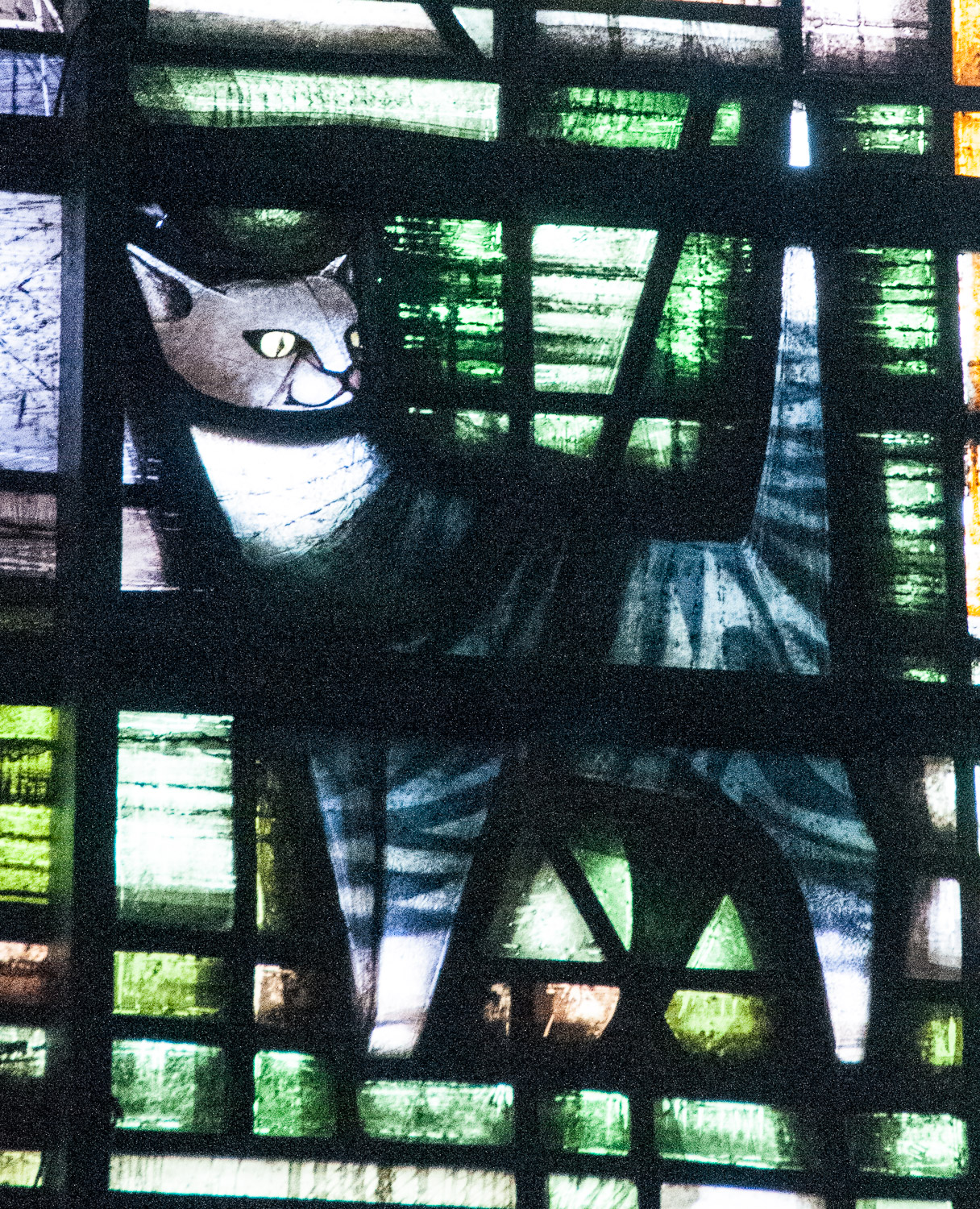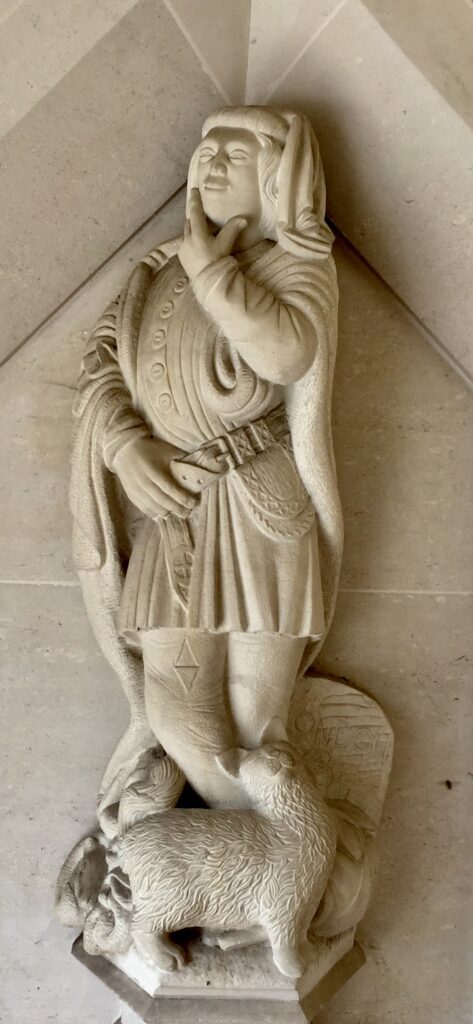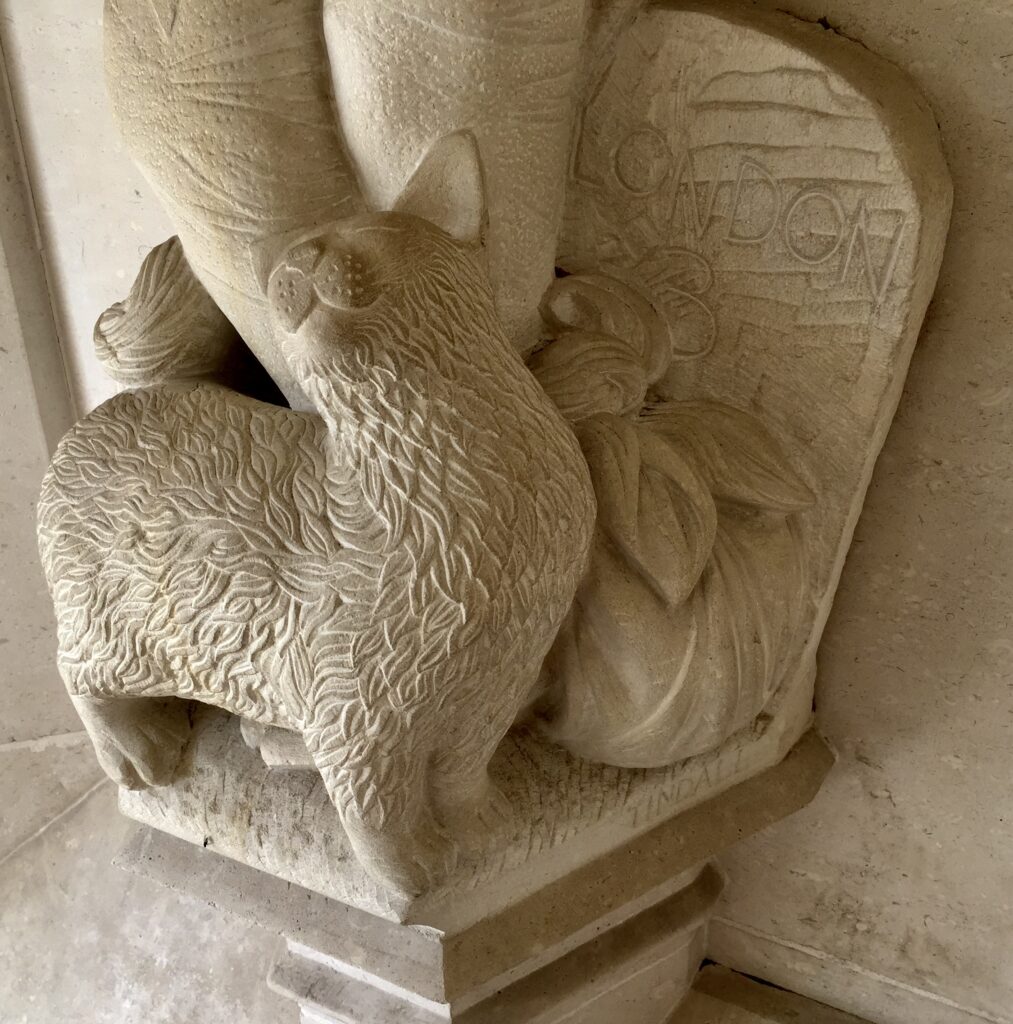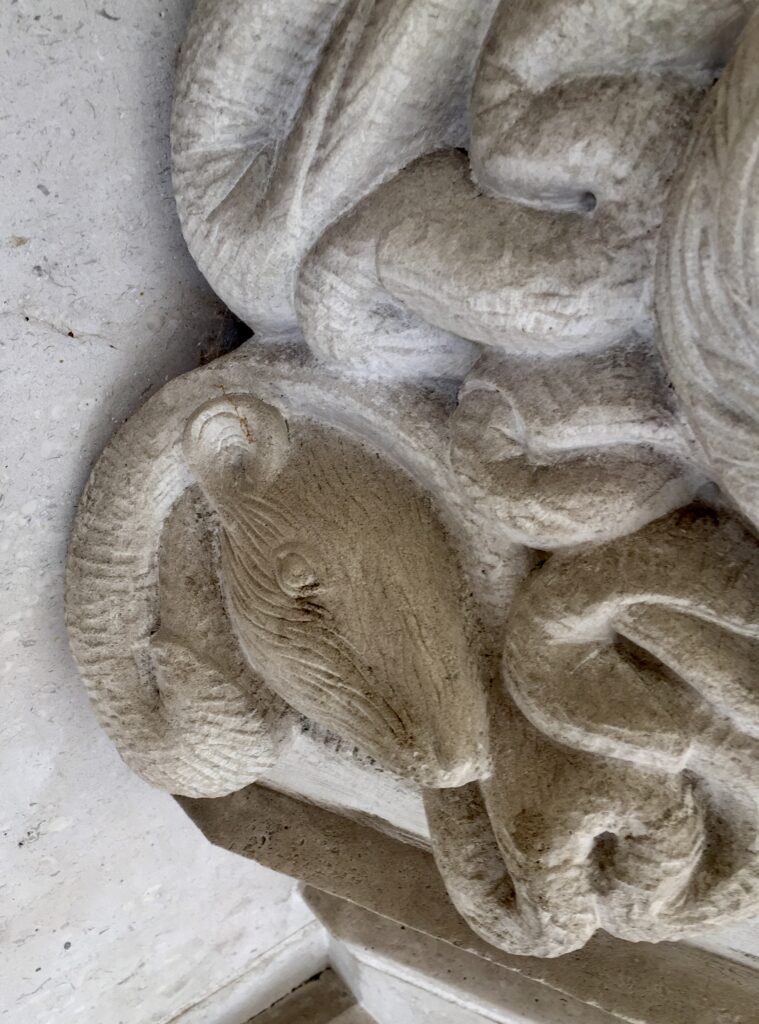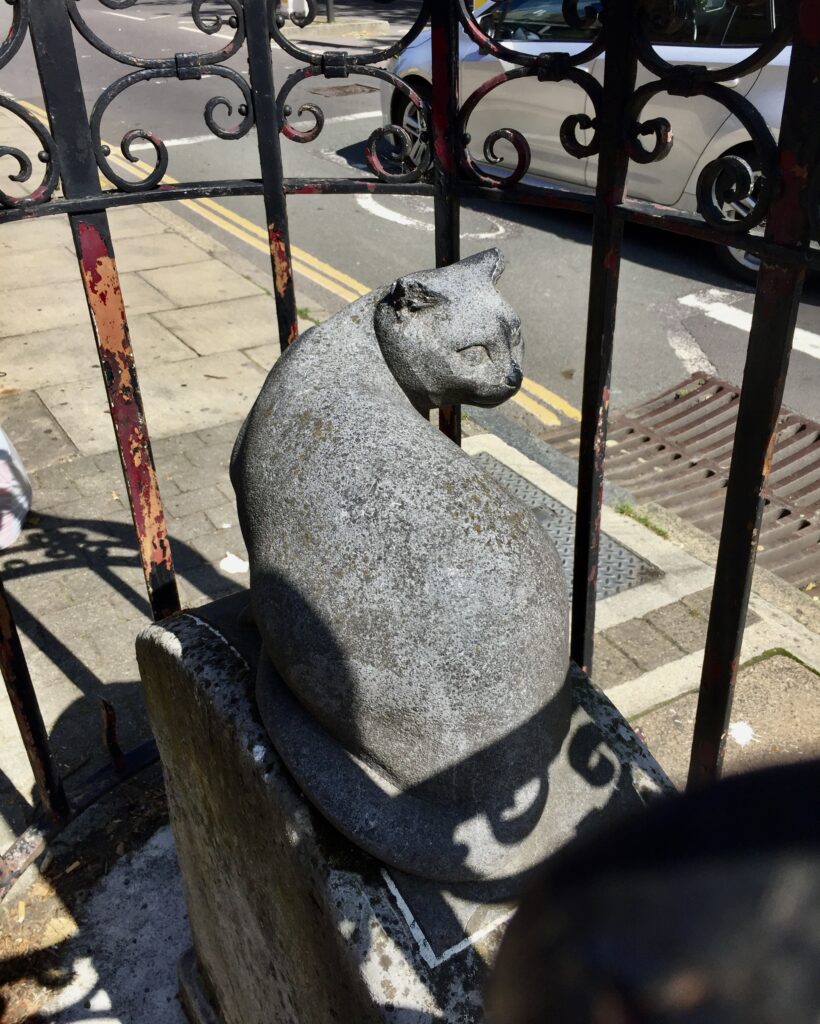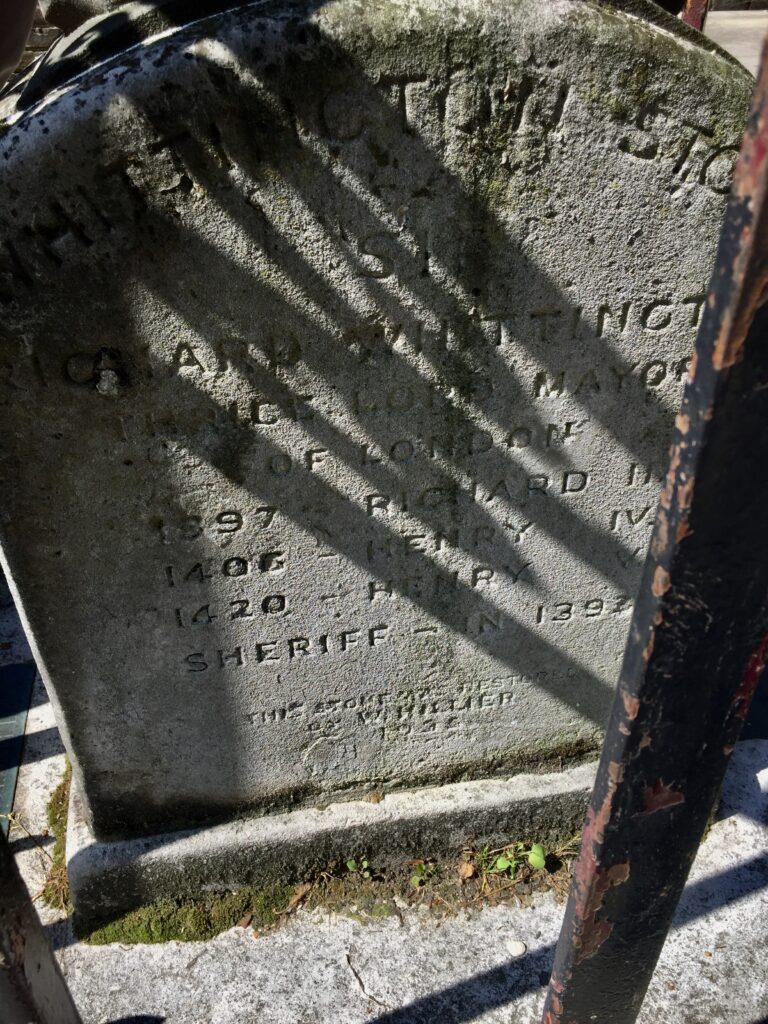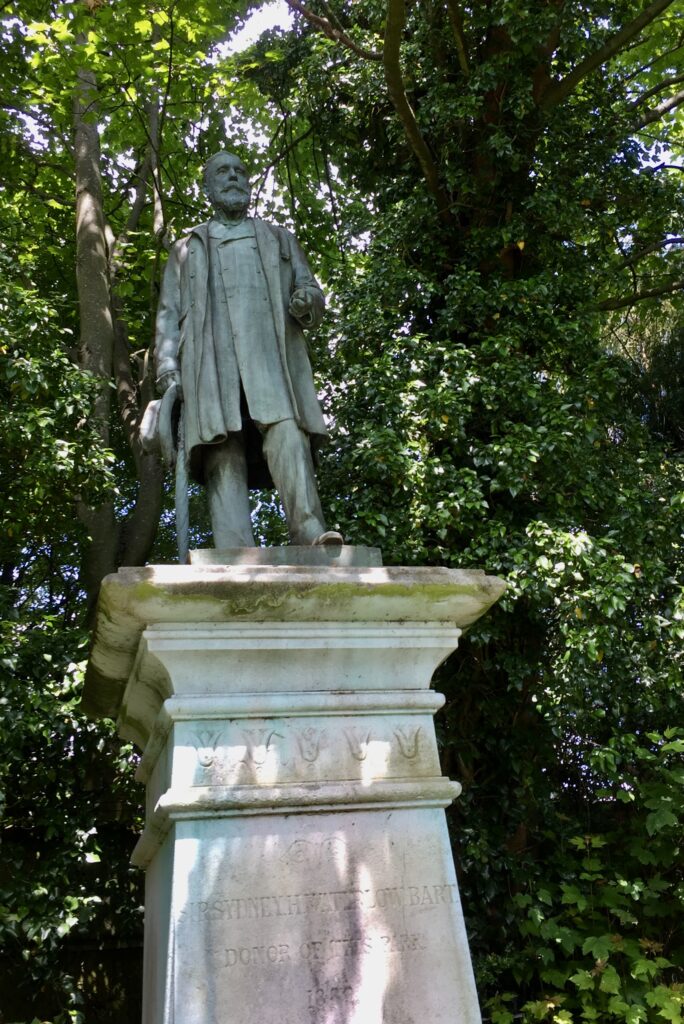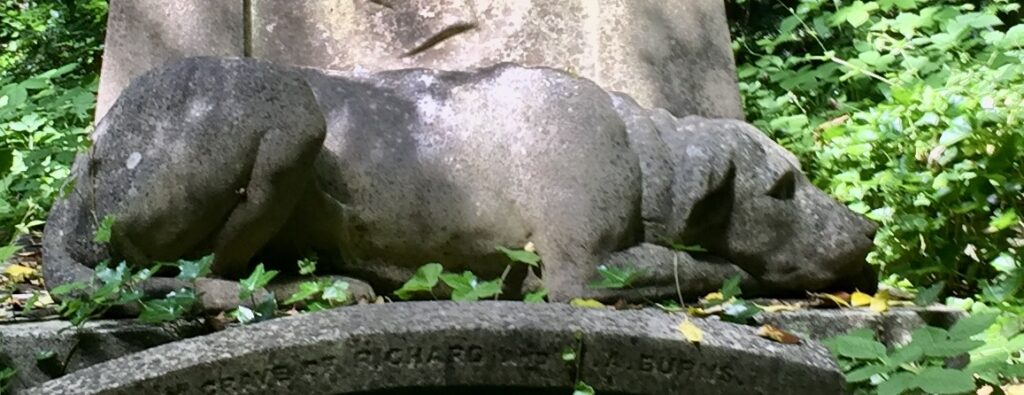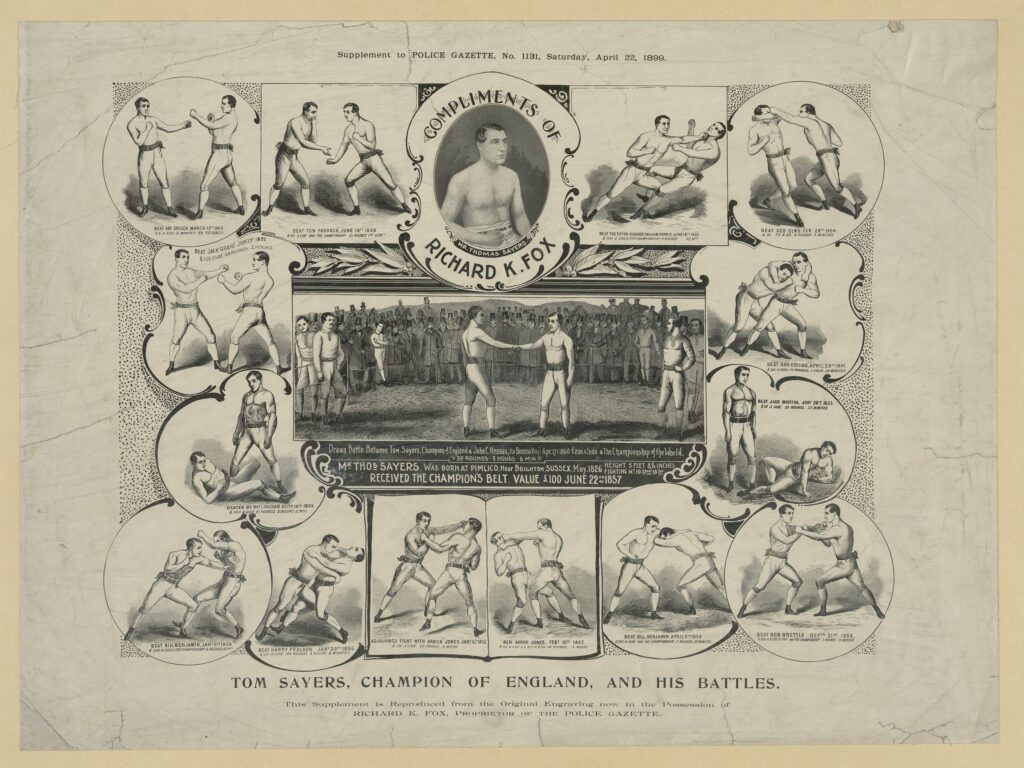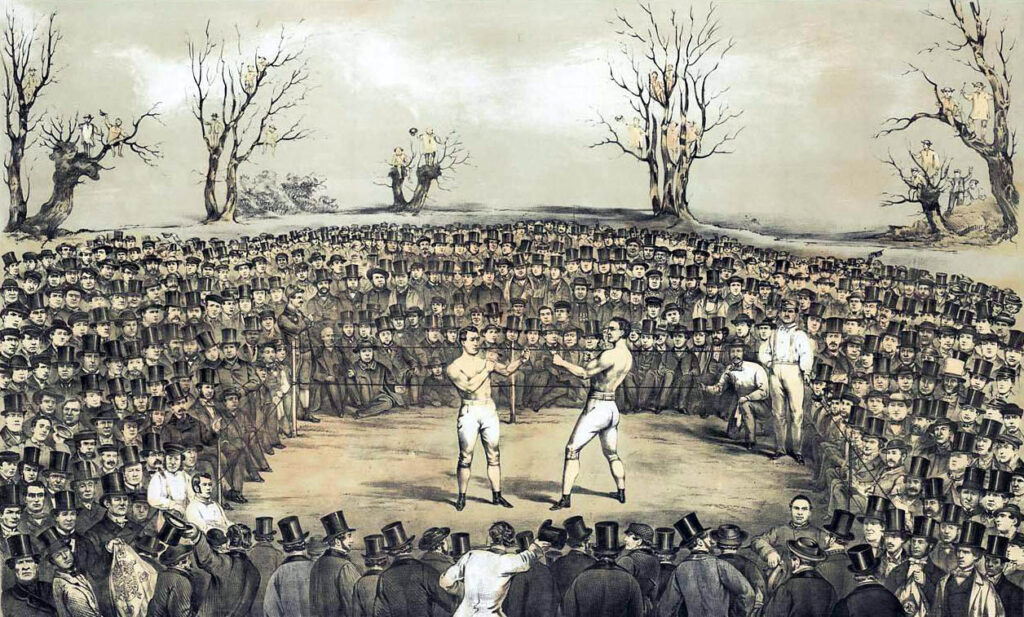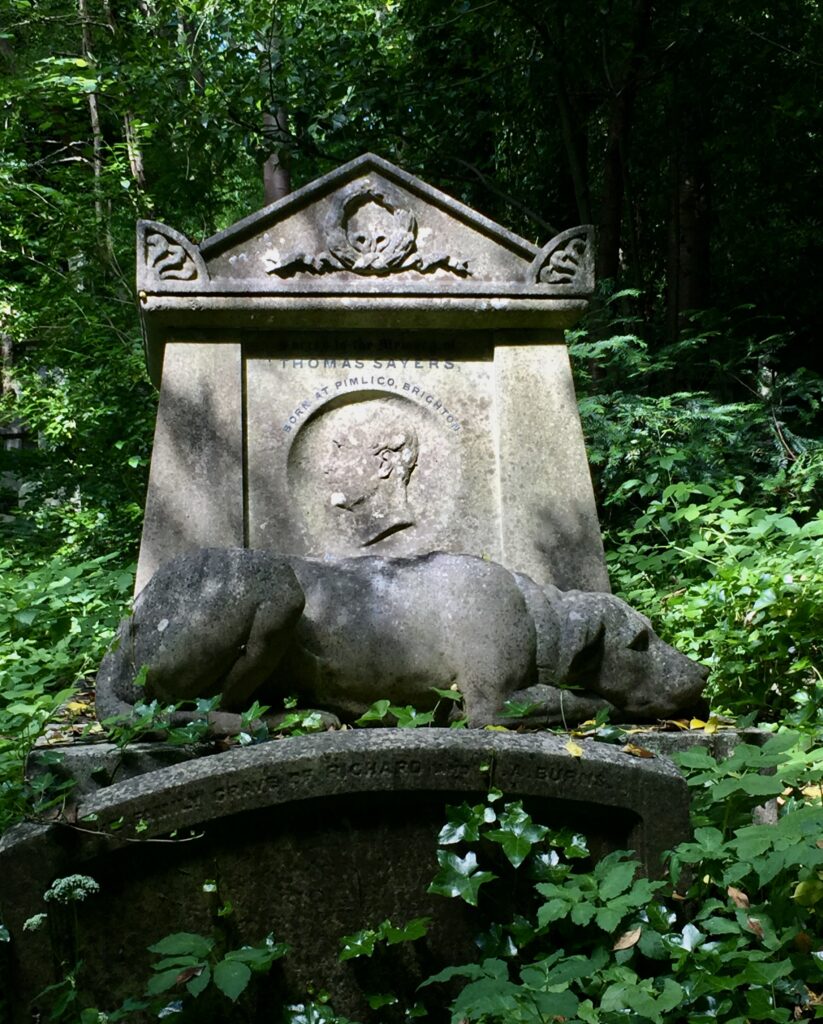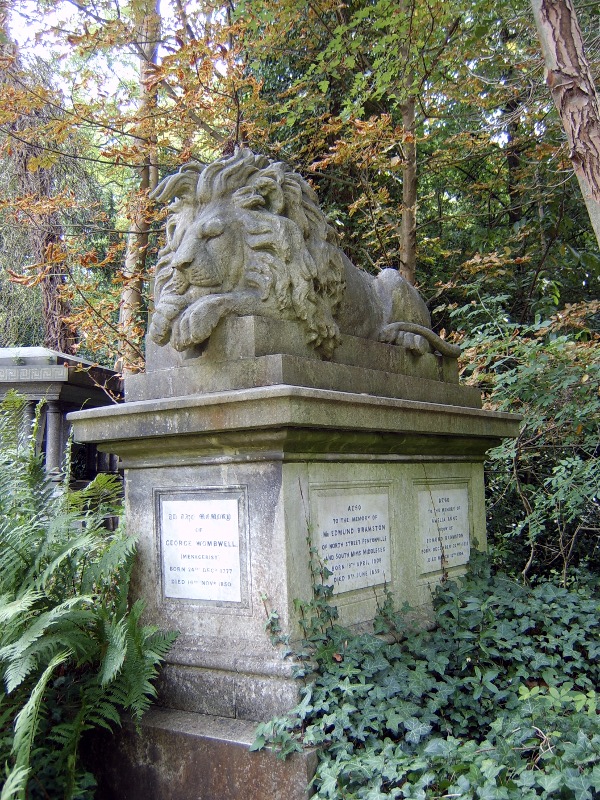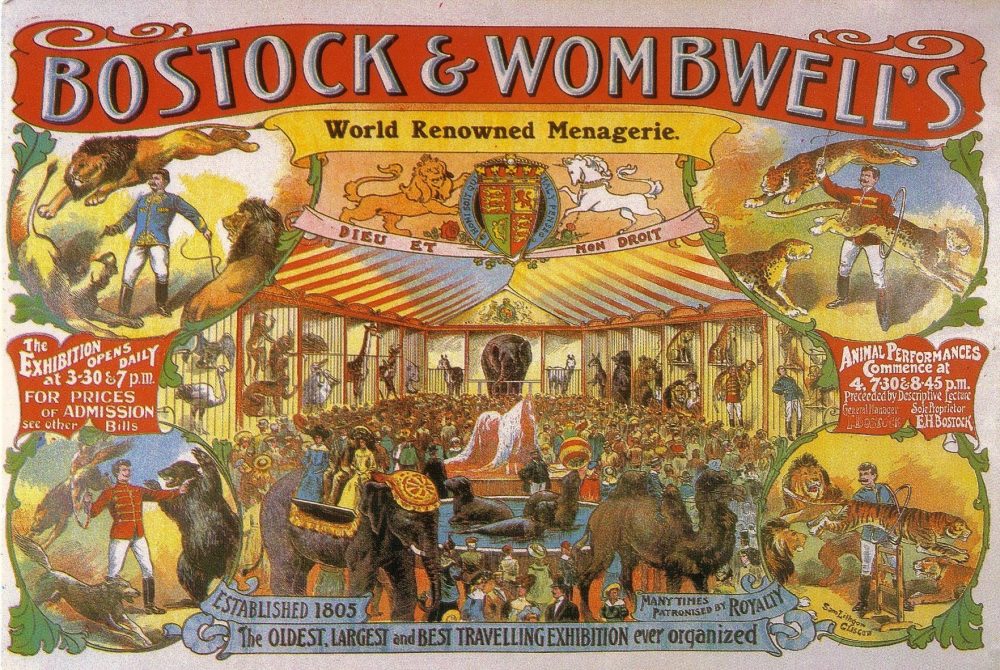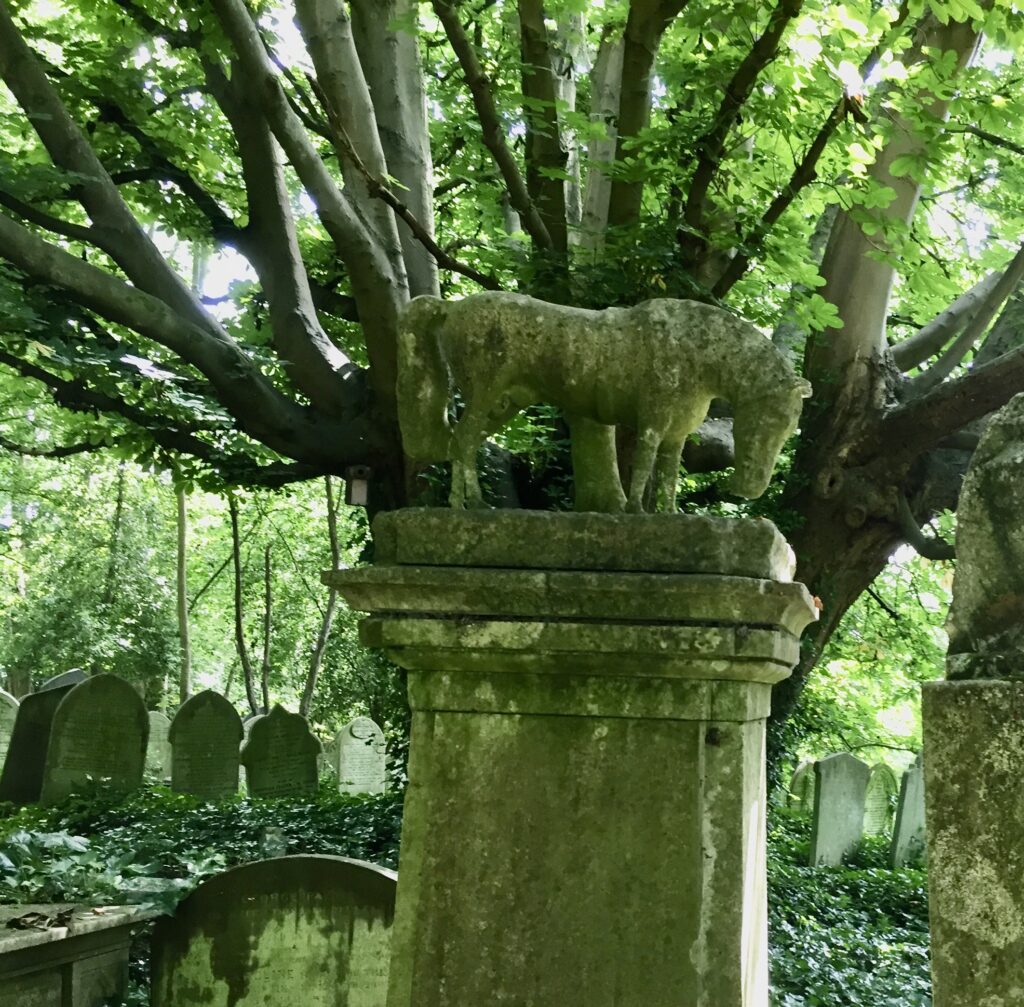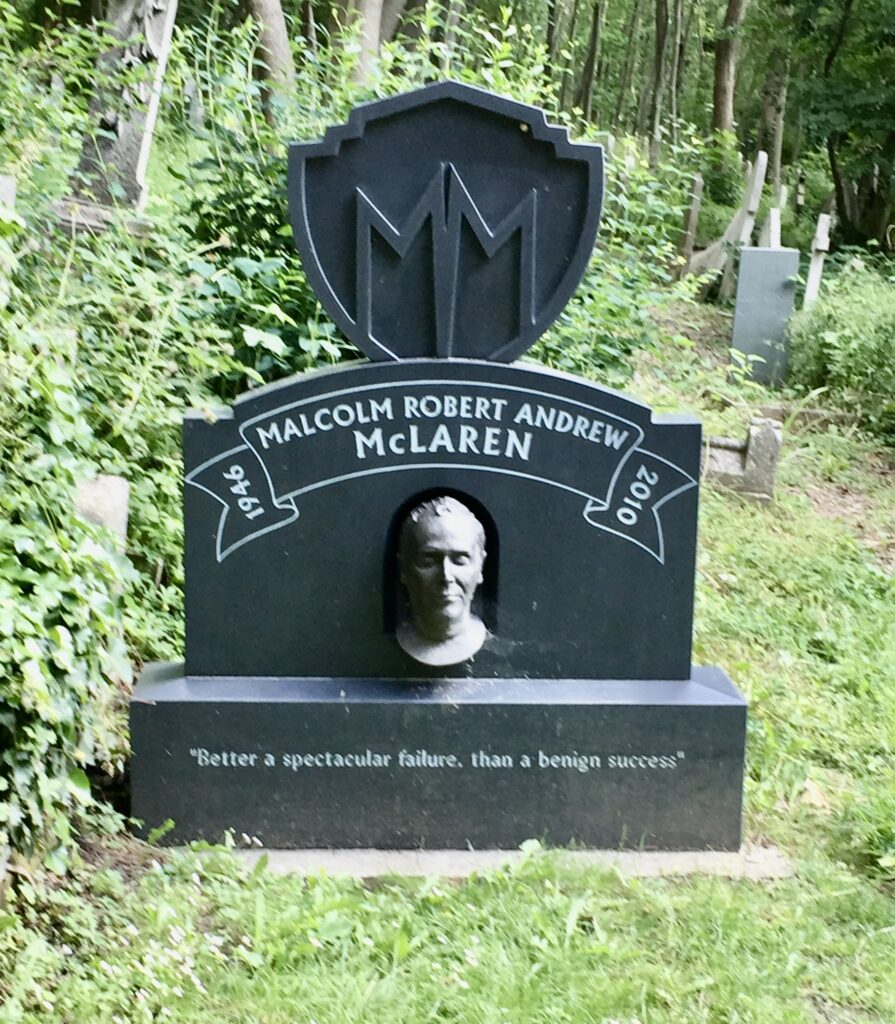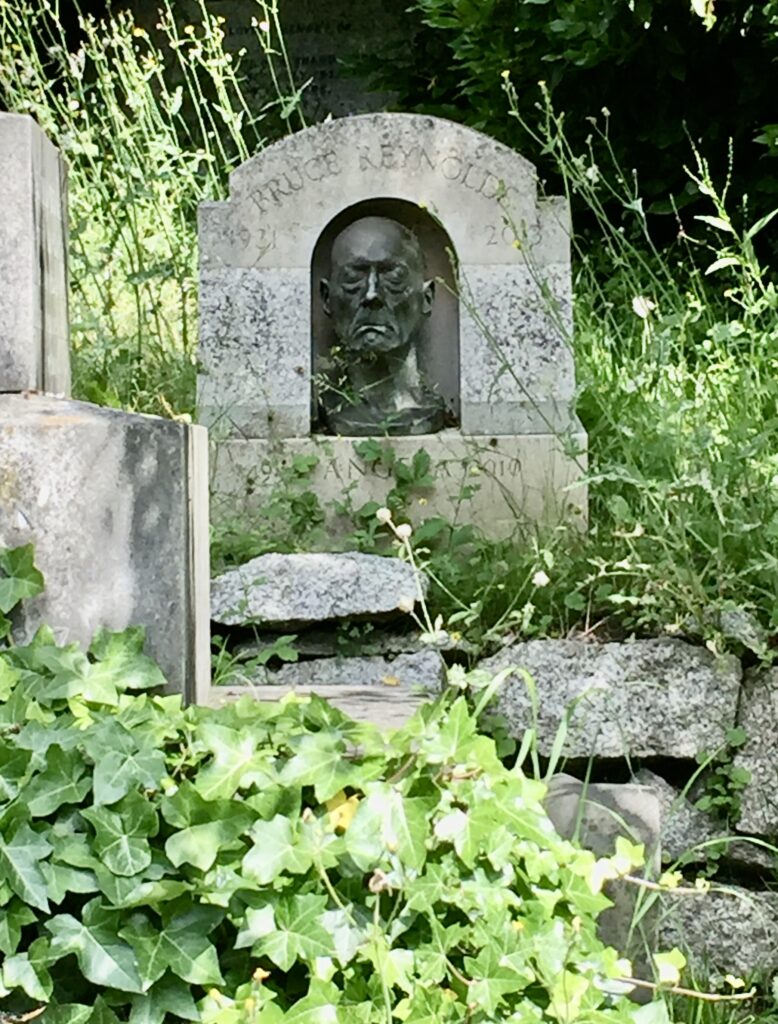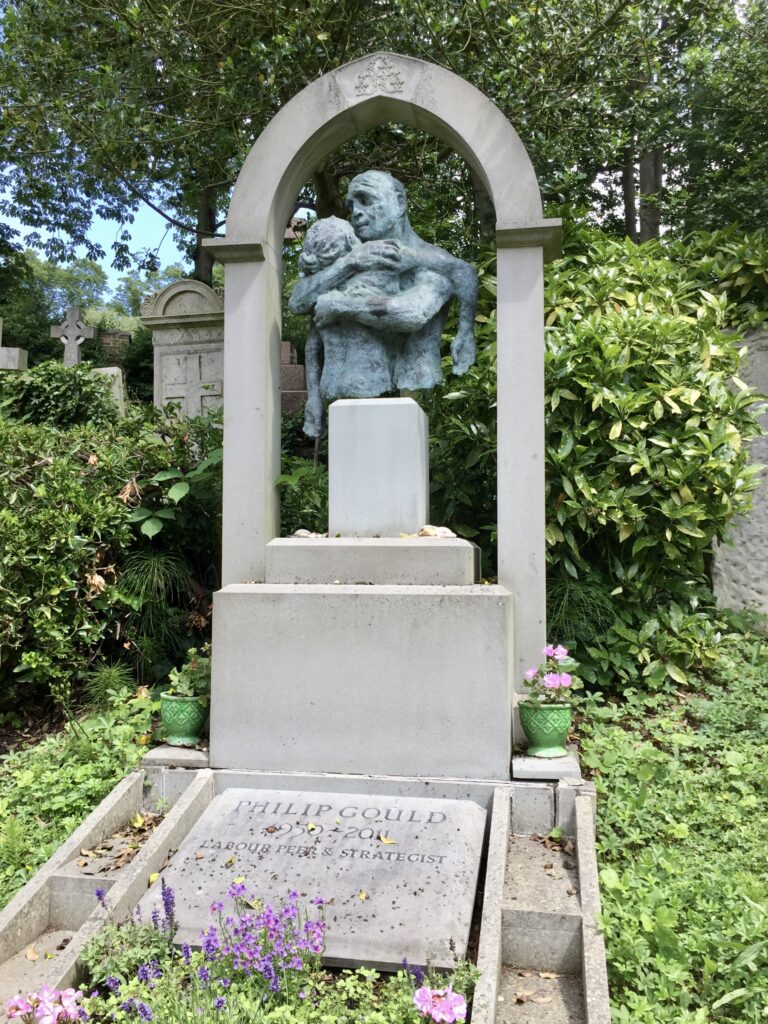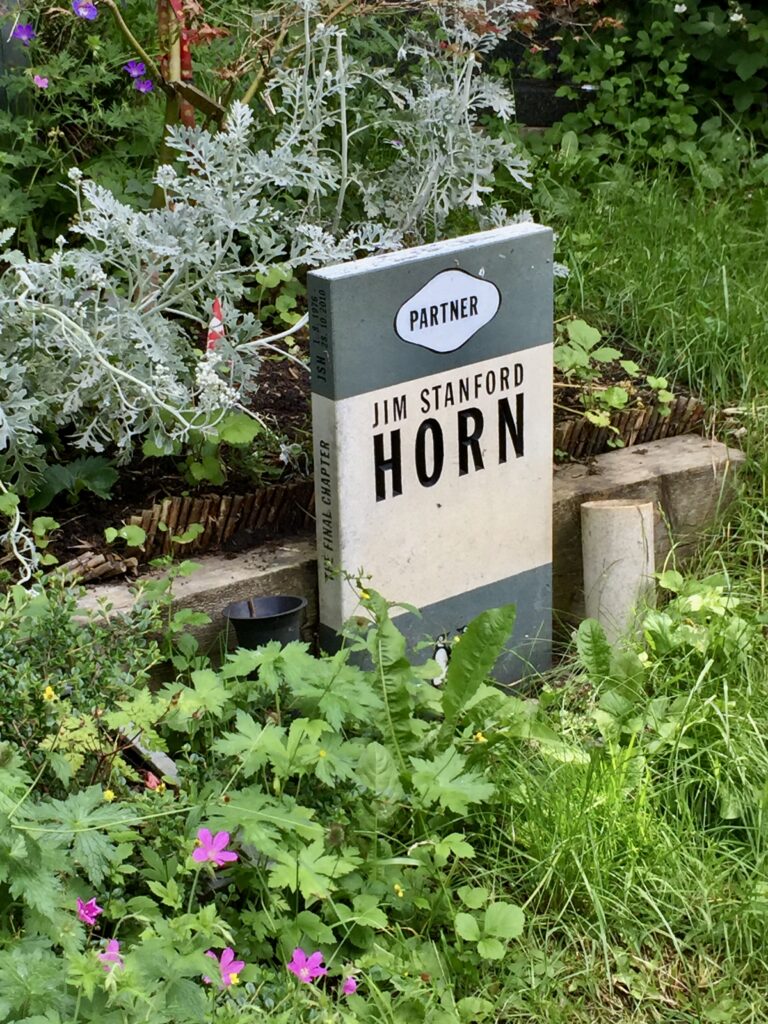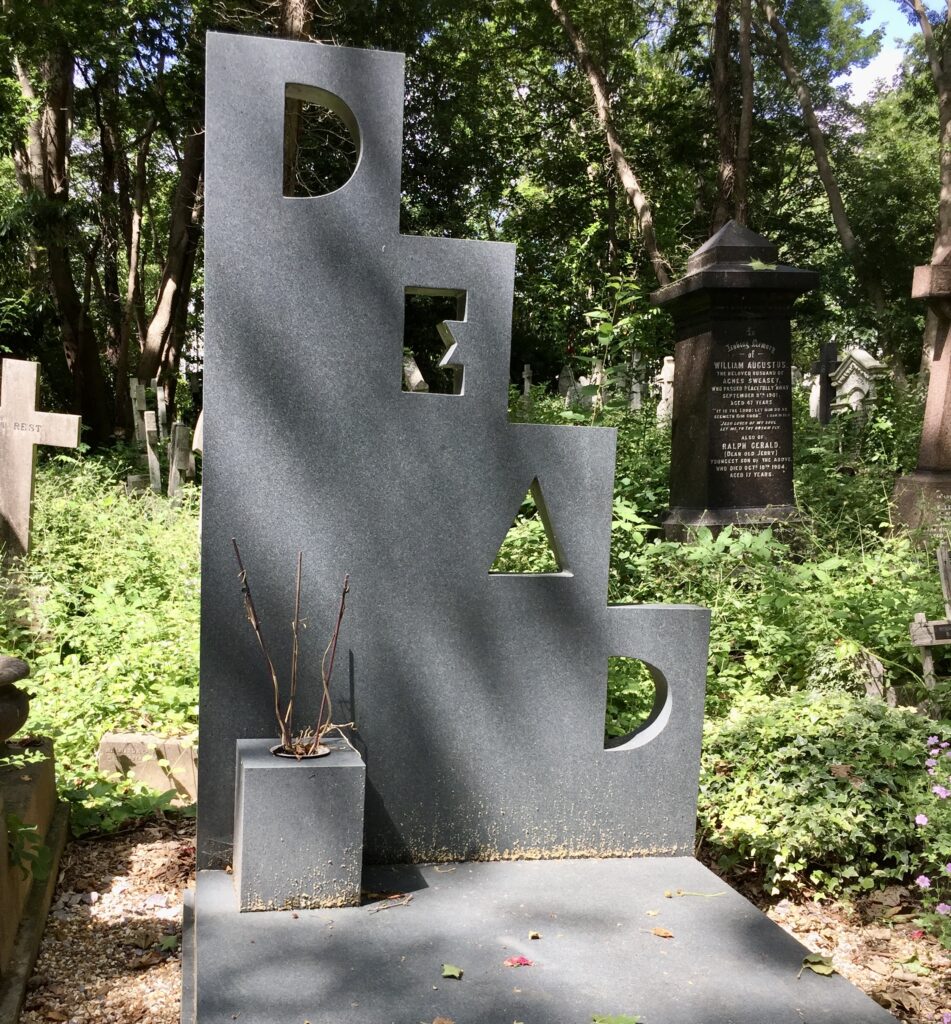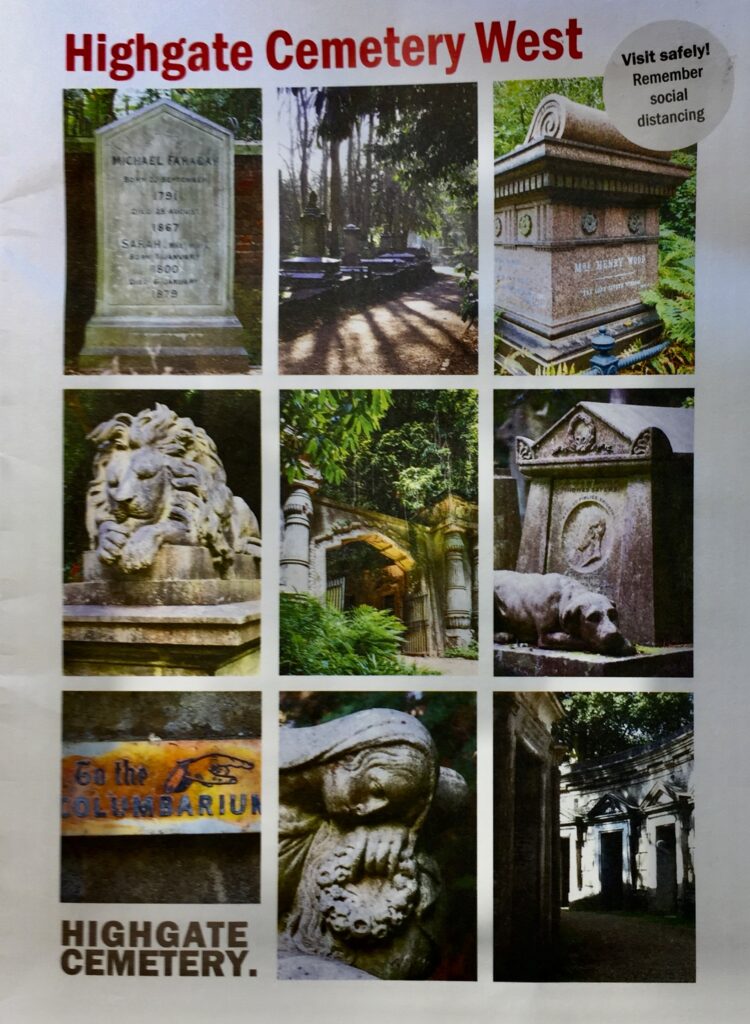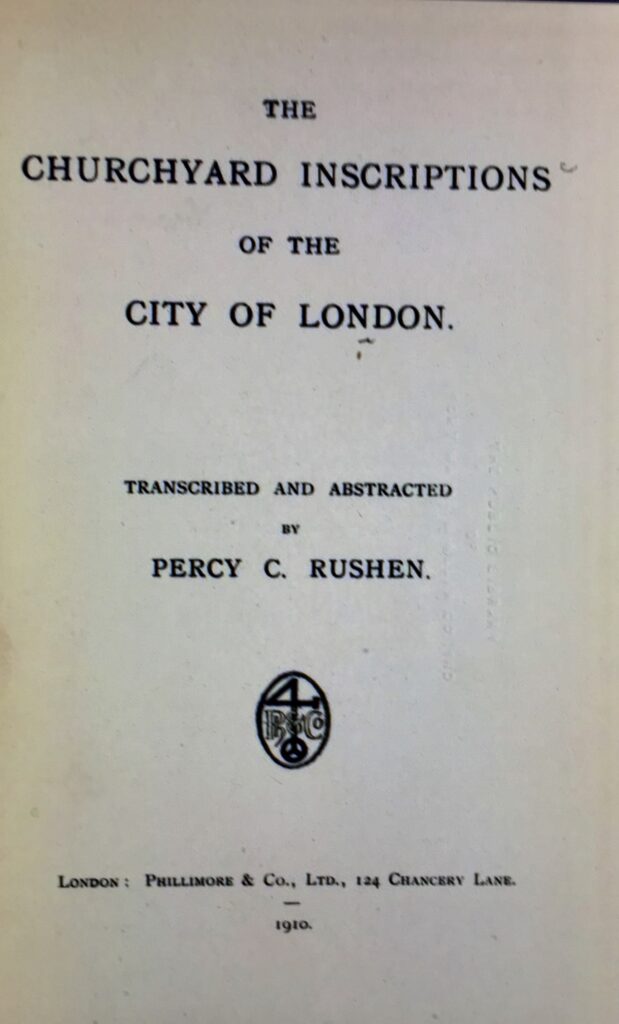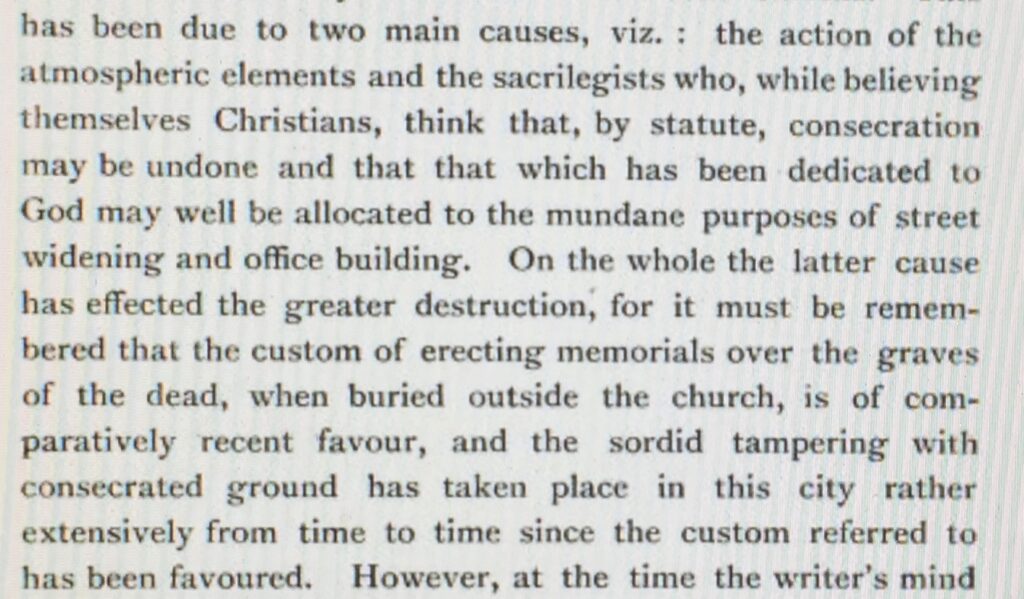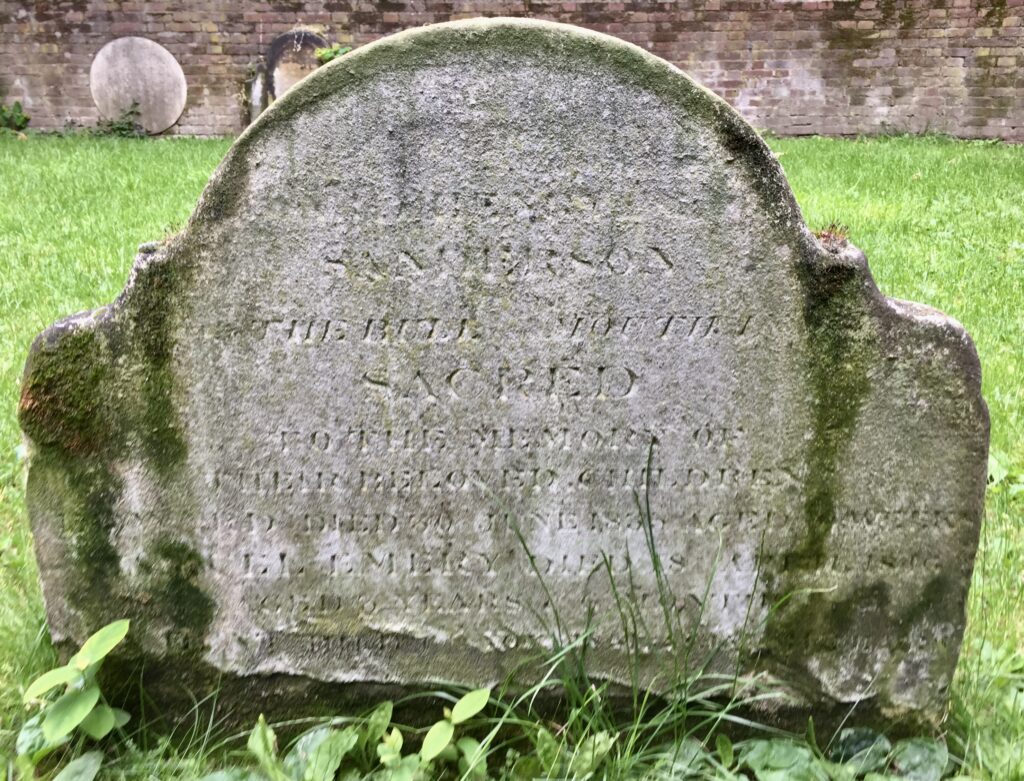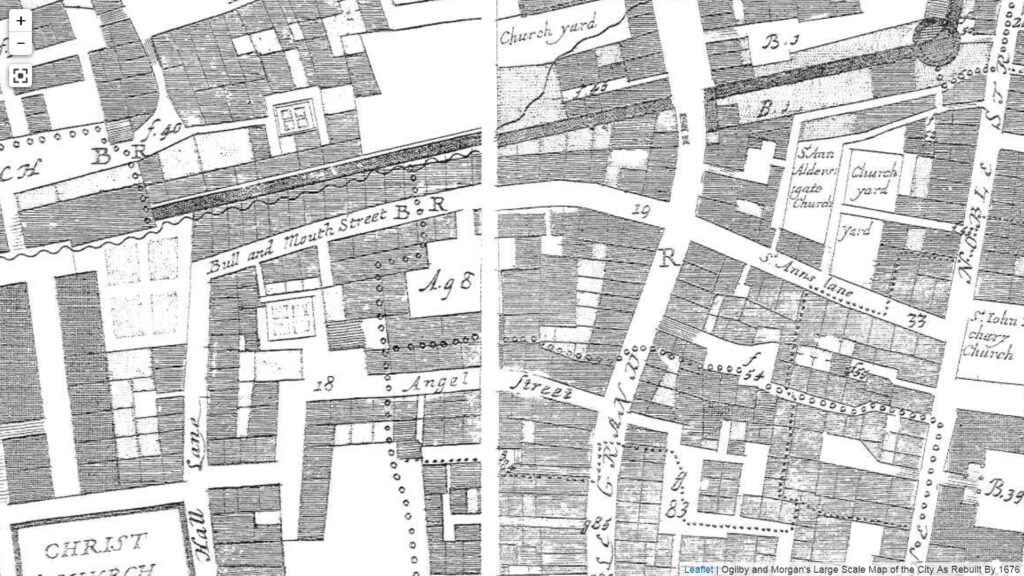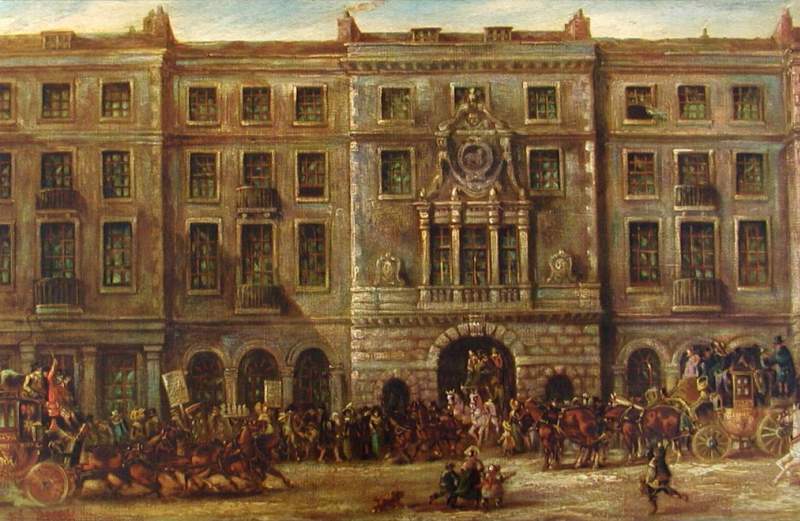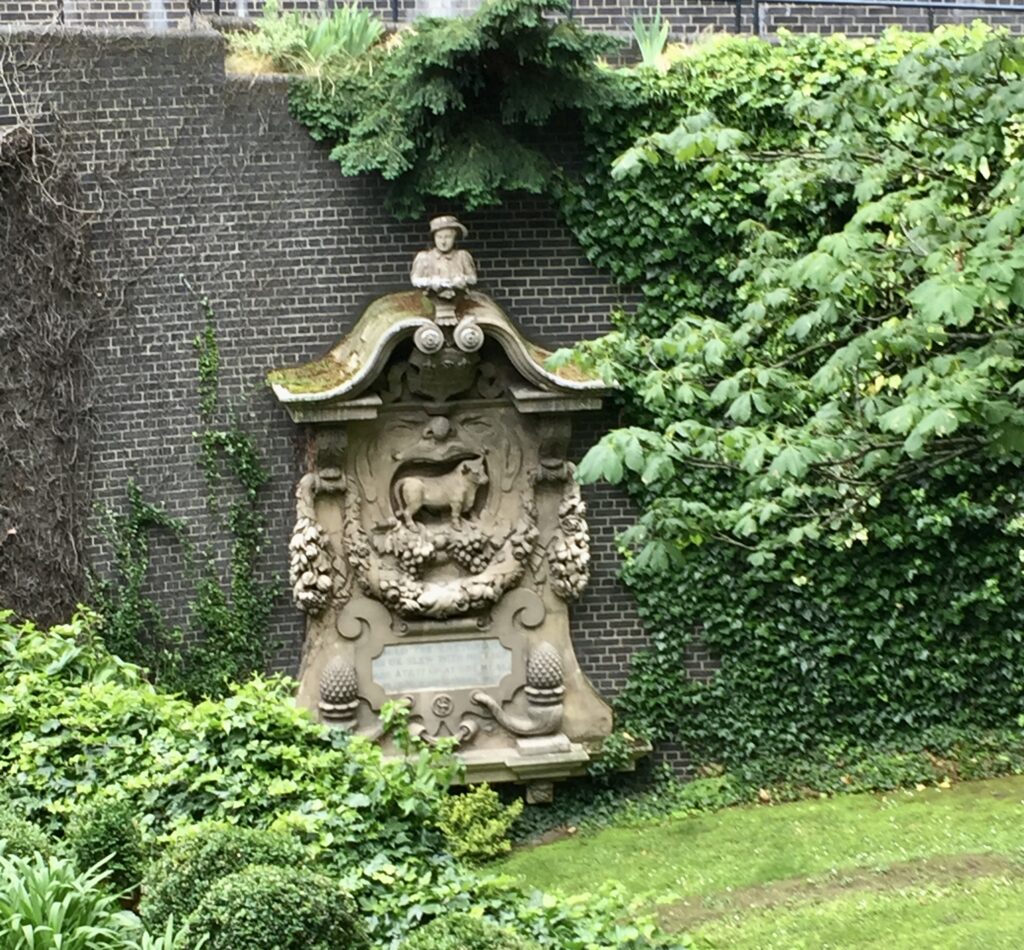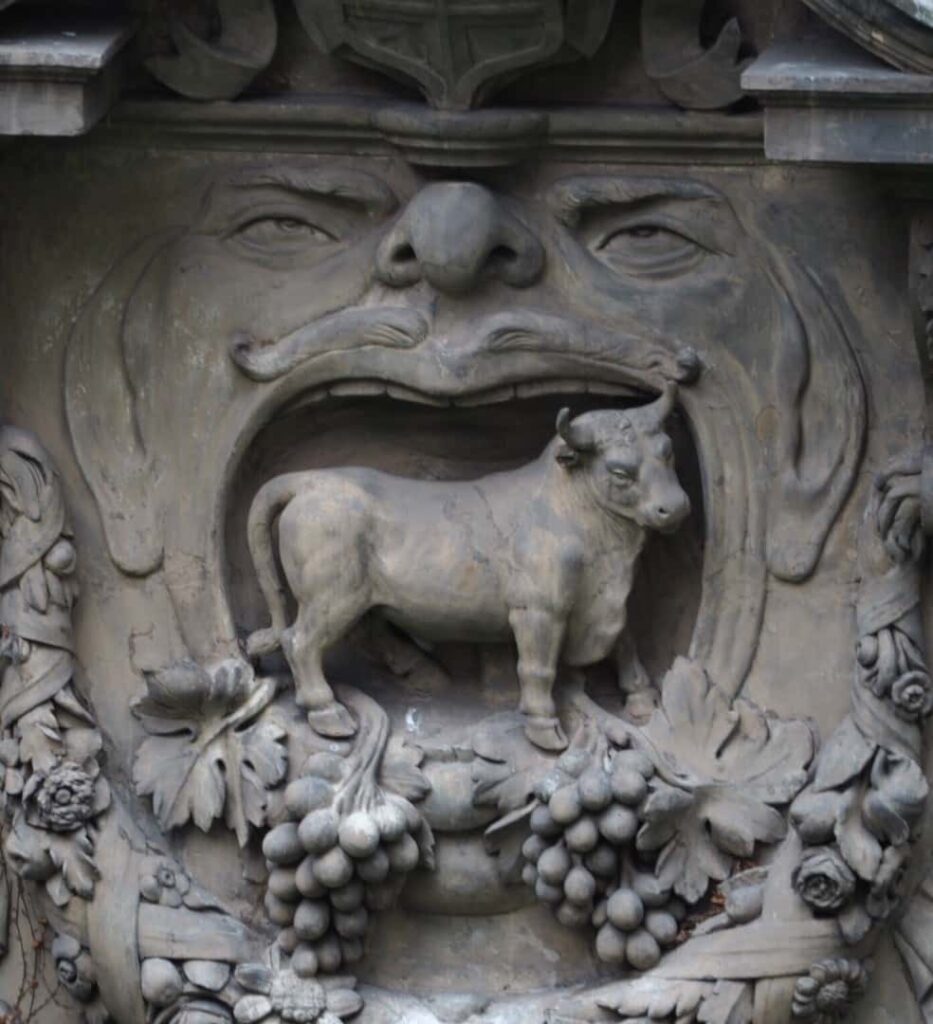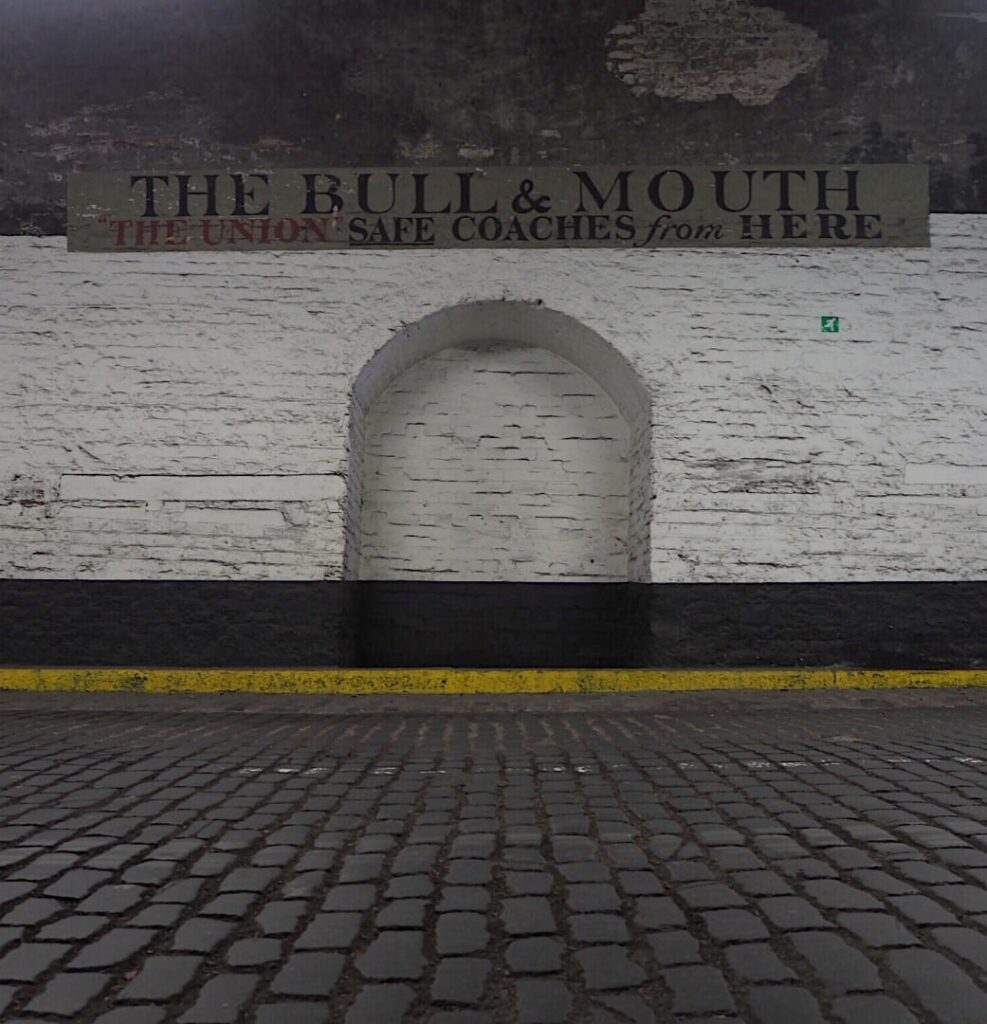I am always surprised when I come across something that I should have researched years ago but somehow missed and this is the case with the Moorgate lighthouse. Here it is, isn’t it wonderful ..
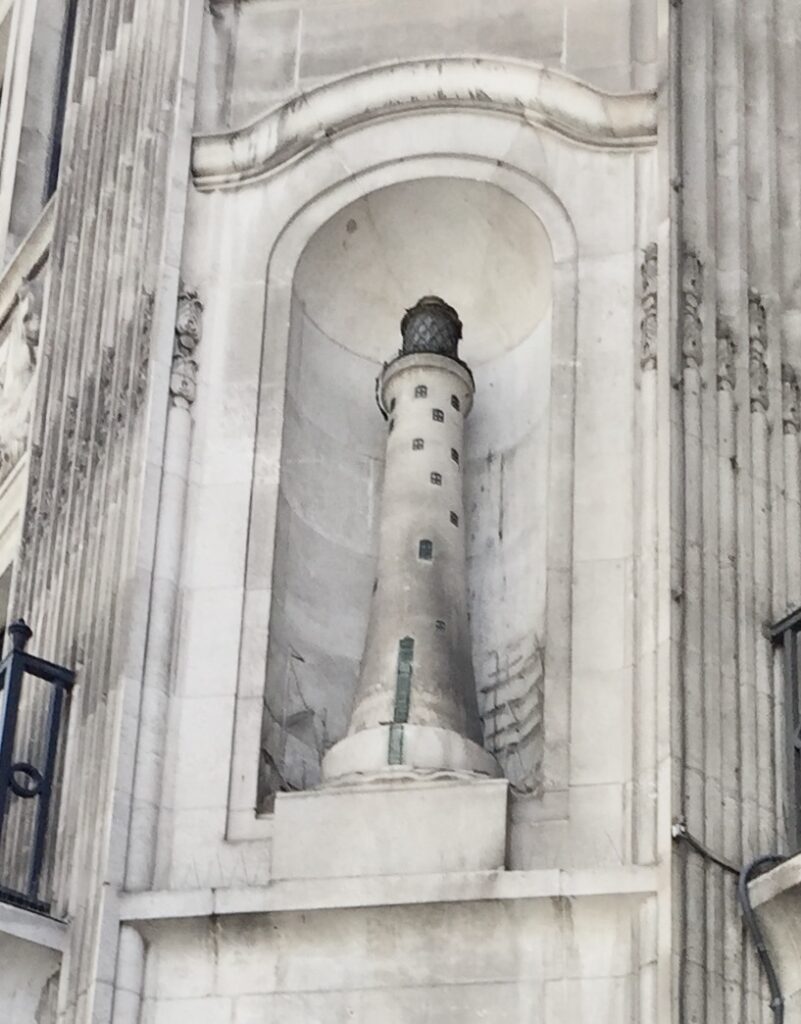
I love the little windows, the steps leading up from what looks like a choppy sea and the fully rigged ships in the background. And, even more extraordinary, the covering for the beacon at the top of the tower is actually made of real glass (and one source states that when first constructed the light flashed intermittently, just like a real warning to shipping).
42 Moorgate, where the lighthouse lives, is now the home of Habib Bank (EC2R 6EL) …
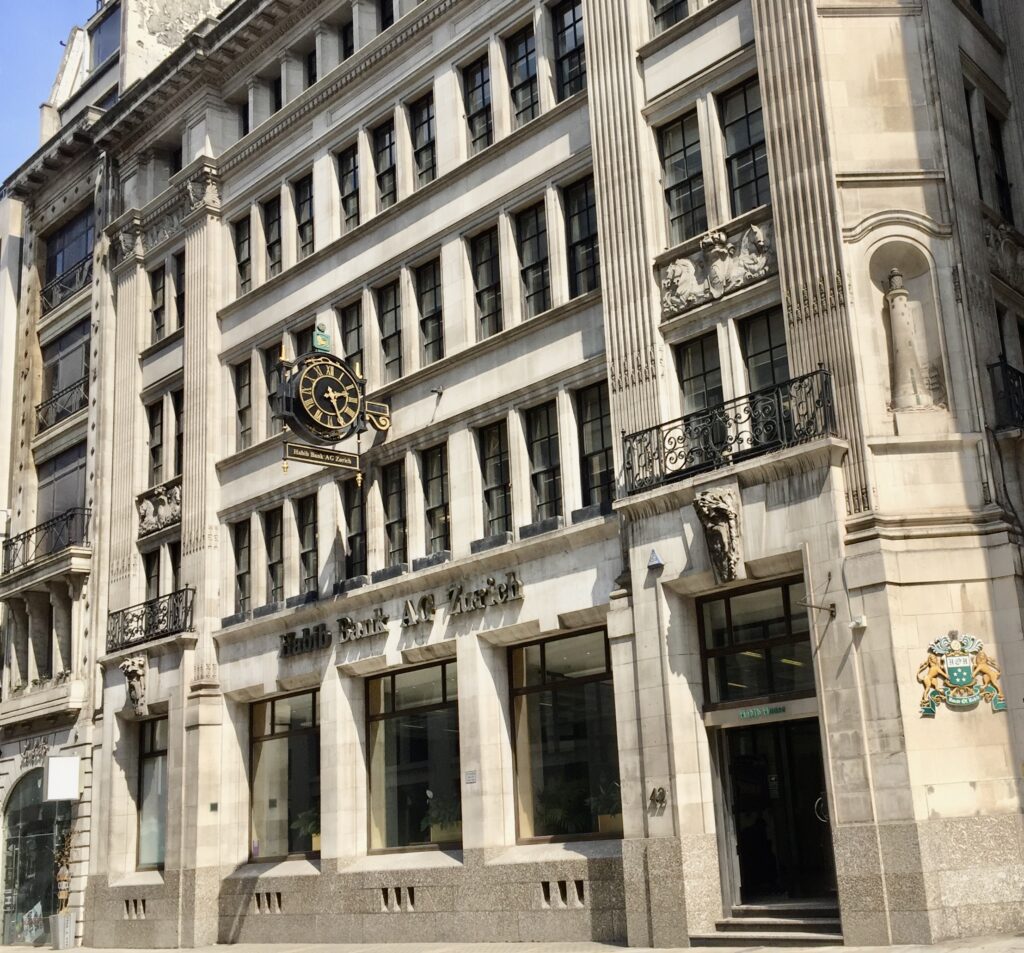
Originally, however, it was designed in 1910 by the famous architects Aston Webb & Son to house the headquarters of the Ocean Accident and Guarantee Corporation, the lighthouse and other decorations re-emphasising the ‘Ocean’ brand name. Neptune, the God of the sea, stares down at the City traffic (glancing slightly to his left for some reason – possibly searching for the real ocean)…

The arcade facade behind the building on Moorgate Place is by W H Atkin-Berry. More ships under sail …

A ship’s prow cutting through the waves …
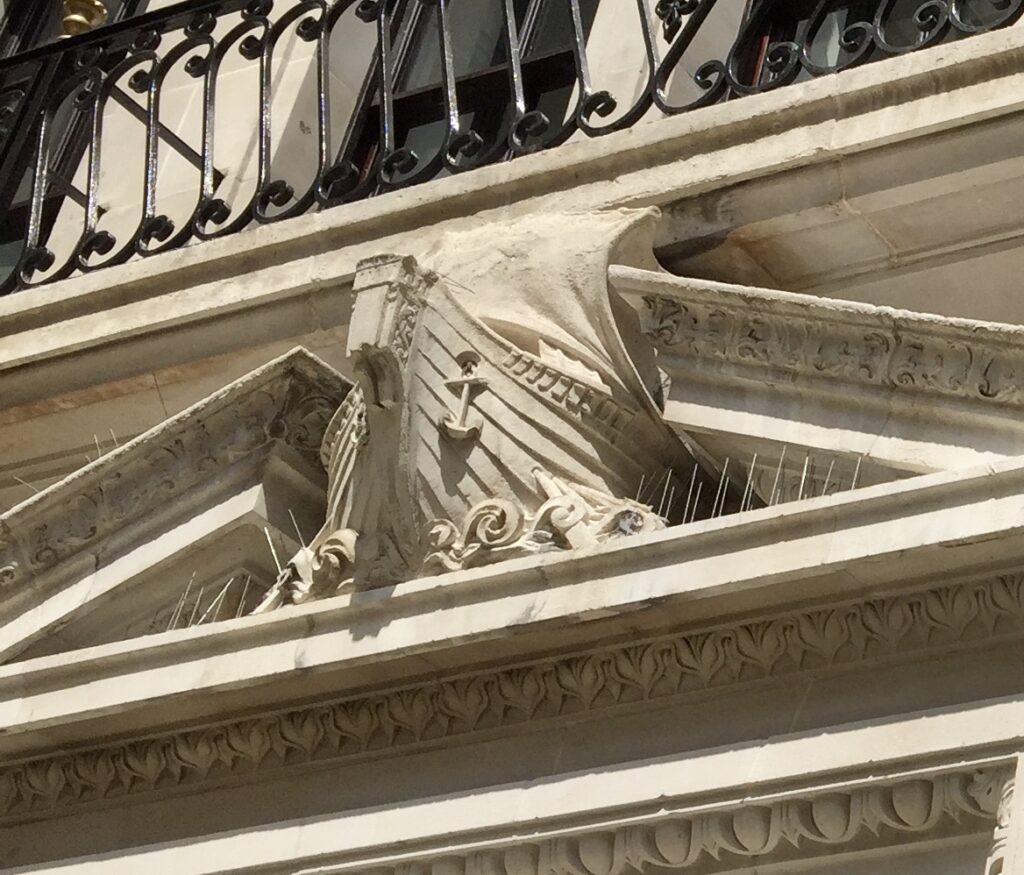
And another two Neptunes …
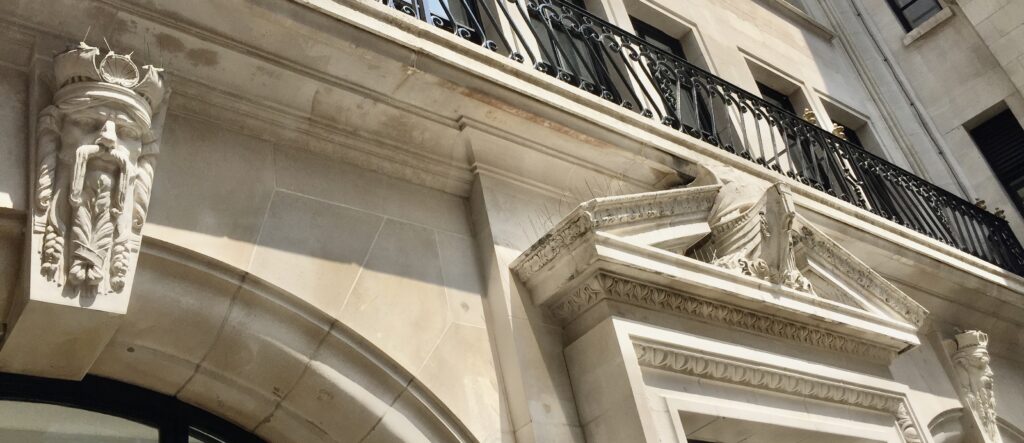
This is a nice image by Katie of Look up London showing the sea God crowned with flowers and, above his head, sea horses charging away from the cartouche containing an O and A, presumably for Ocean Accident …

Looking up higher still you can see even more ships’ prows …
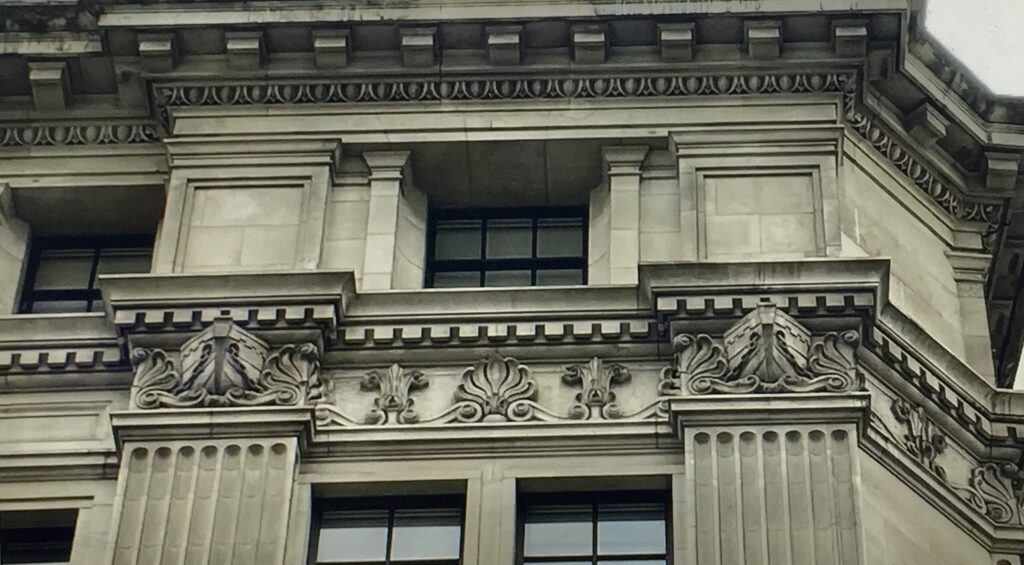
Ocean Accident was taken over by Commercial Union in 1910 and is now a footnote in the commercial history of Aviva …

At the other end of Moorgate Place is the stunning Institute of Chartered Accountants building, described by Pevsner as ’eminently original and delightfully picturesque’ …
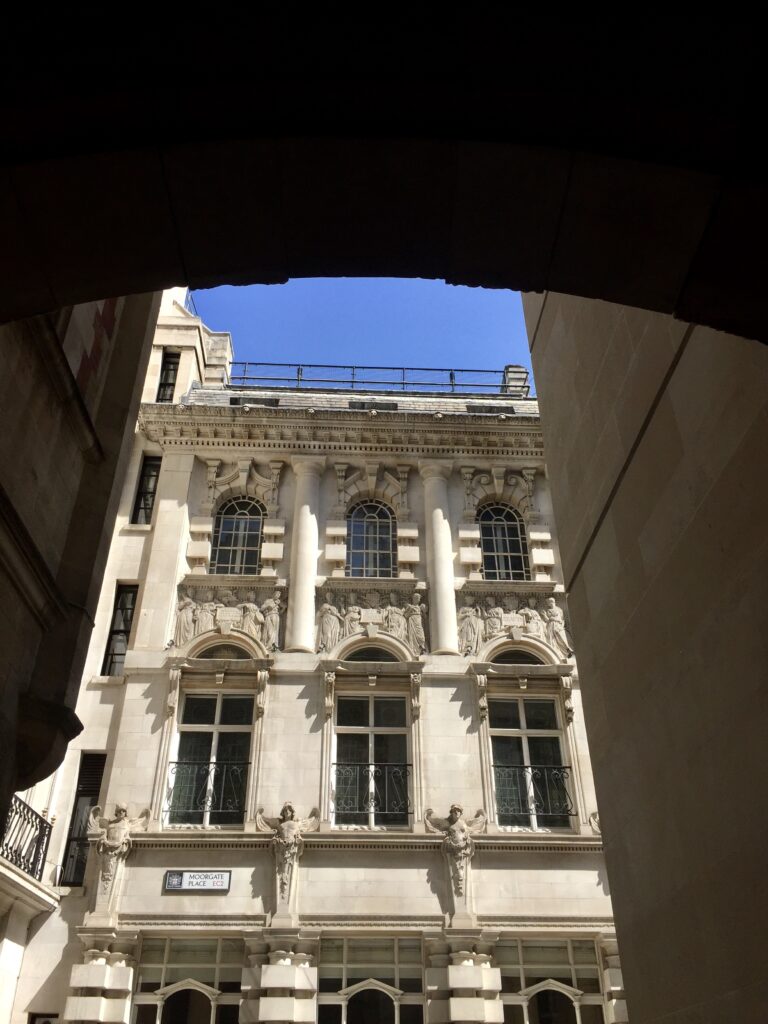
Look at those imposing bronze doors …
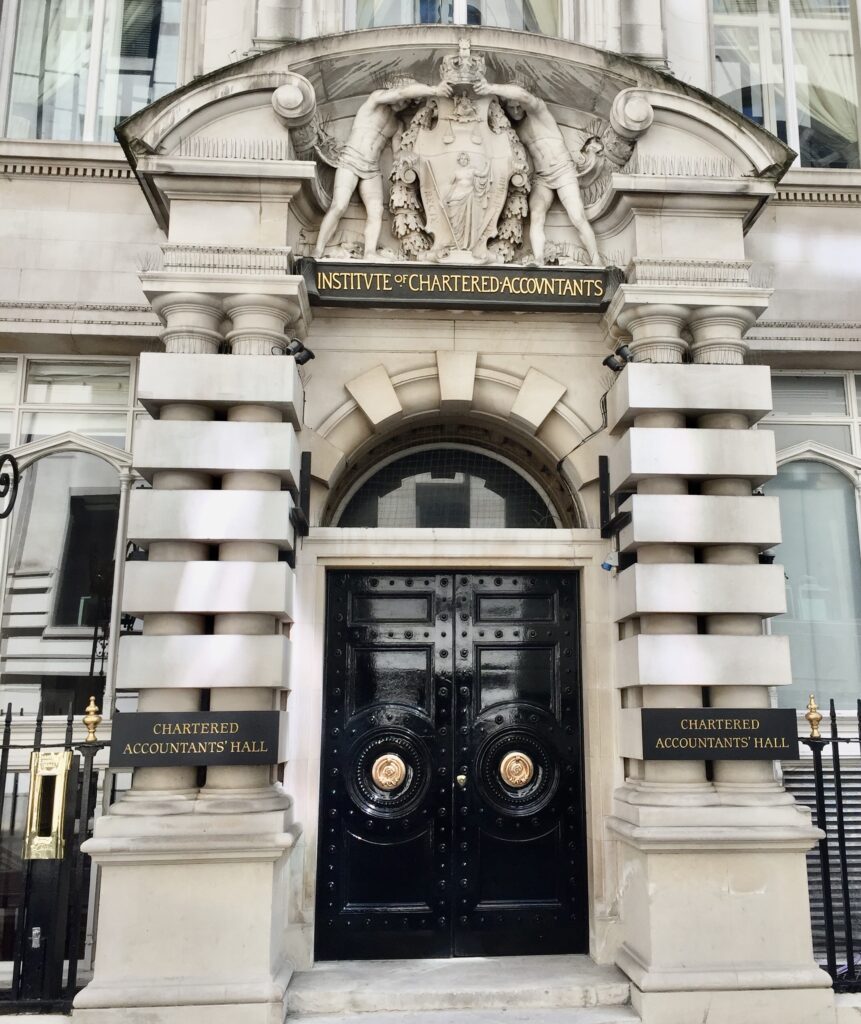

And surely this must be the poshest letter box in the City …
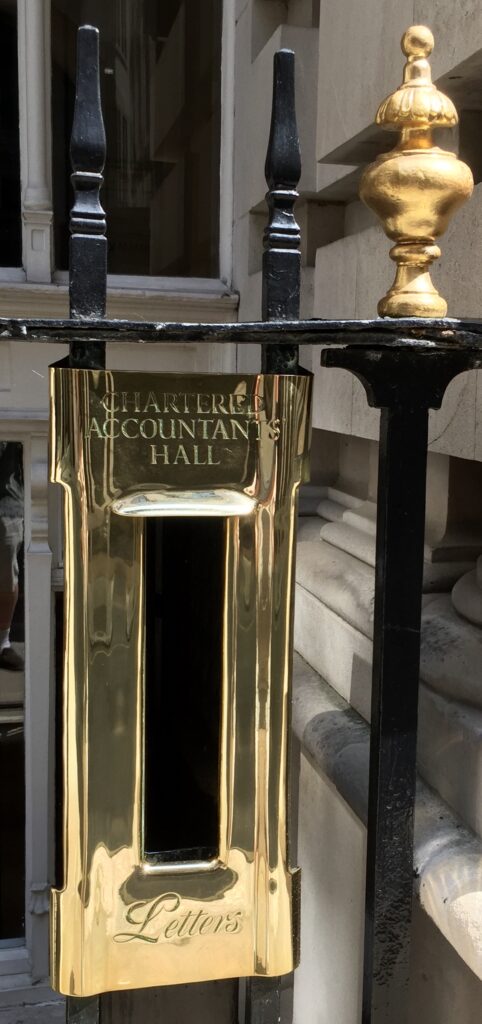
You can read more about the building here.
The frieze is magnificent and was intended as a grand symbolic depiction of all the areas of human activity which have benefited from the services of accountants. Groups of figures represent the arts, science, crafts, education, commerce, manufactures, agriculture, mining, railways, shipping and India and the Colonies. I have chosen ones with female figures and the first is entitled ‘Crafts’ …

The shield in the tree is inscribed Laborare est Orare – to work is to pray. To the left, two women represent ‘workers in metal’, the one on the left is holding a sword. On the other side of the panel are ‘Pottery’, a woman with a two-handled vase, and ‘Textiles’, a woman with a weaving frame.
Next is ‘Education’ …
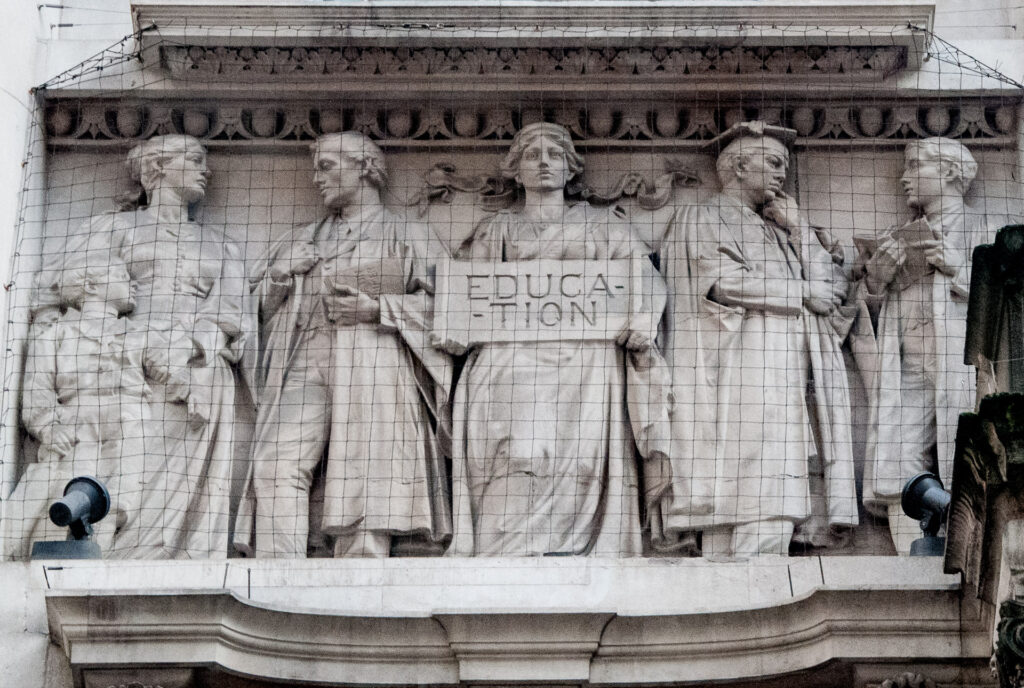
The group on the left represents ‘Early Training’. A mother leads her son, who is carrying a cricket bat, towards a schoolmaster wearing a gown and carrying a textbook. On the other side is a student ‘in collegiate dress’ and holding a book, and a ‘College Don’ wearing a mortar-board and gown.
Onward to ‘Manufactures’ …
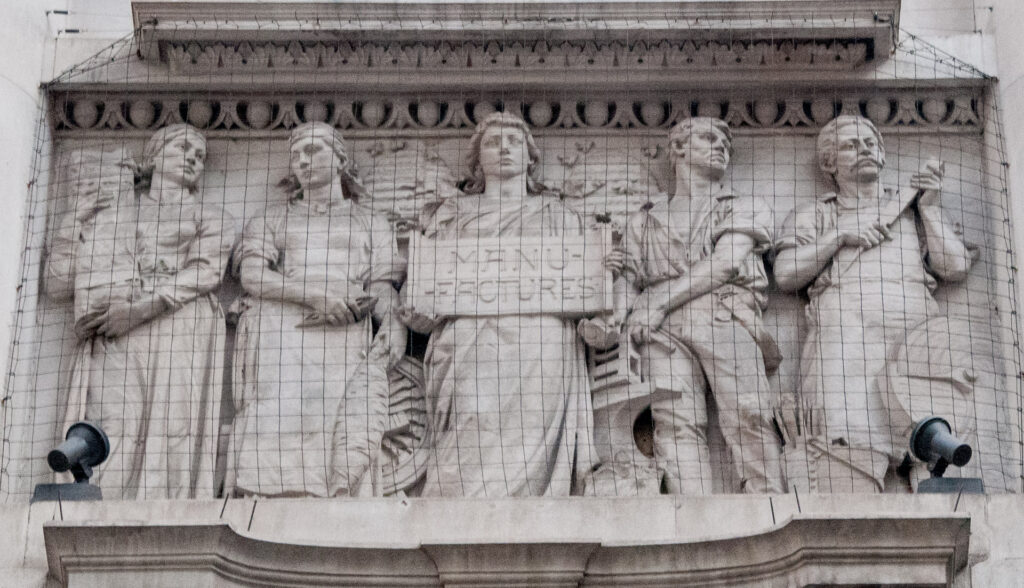
Behind the allegorical lady, and just about visible, are beehives ‘betokening industry’. The two women on the left represent ‘Fabrics’ – one holds a bolt of cloth and the other a shuttle and a spool of yarn. The two men on the right represent ‘Hardware goods’. The smith has his shirt open and stands next to an anvil. The other is ‘a Sheffield Knife Grinder’ feeling a chisel blade.
And now ‘Agriculture’ …

On the left are two men – a sower and a mower. On the other side are two girls – one reaping and the other carrying a basket of fruit.
I have written before about the Lady Justice sculpture. She looks like she has stepped out of her niche in order to upstage the accountants number-crunching away behind her …
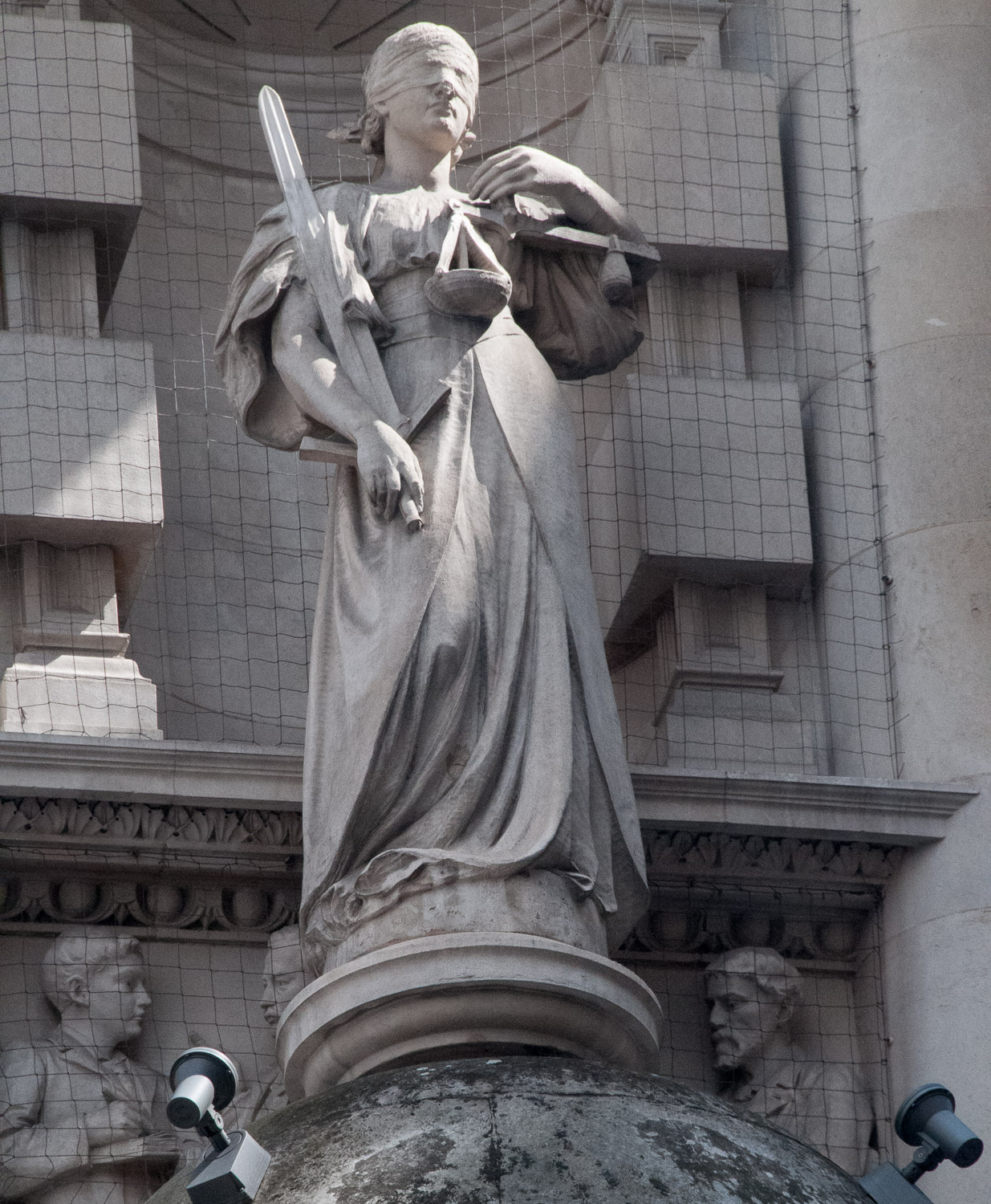
If you return to Moorgate and look across the road you will find her again in the company of Prudence, Truth and Thrift at number 13-15 …
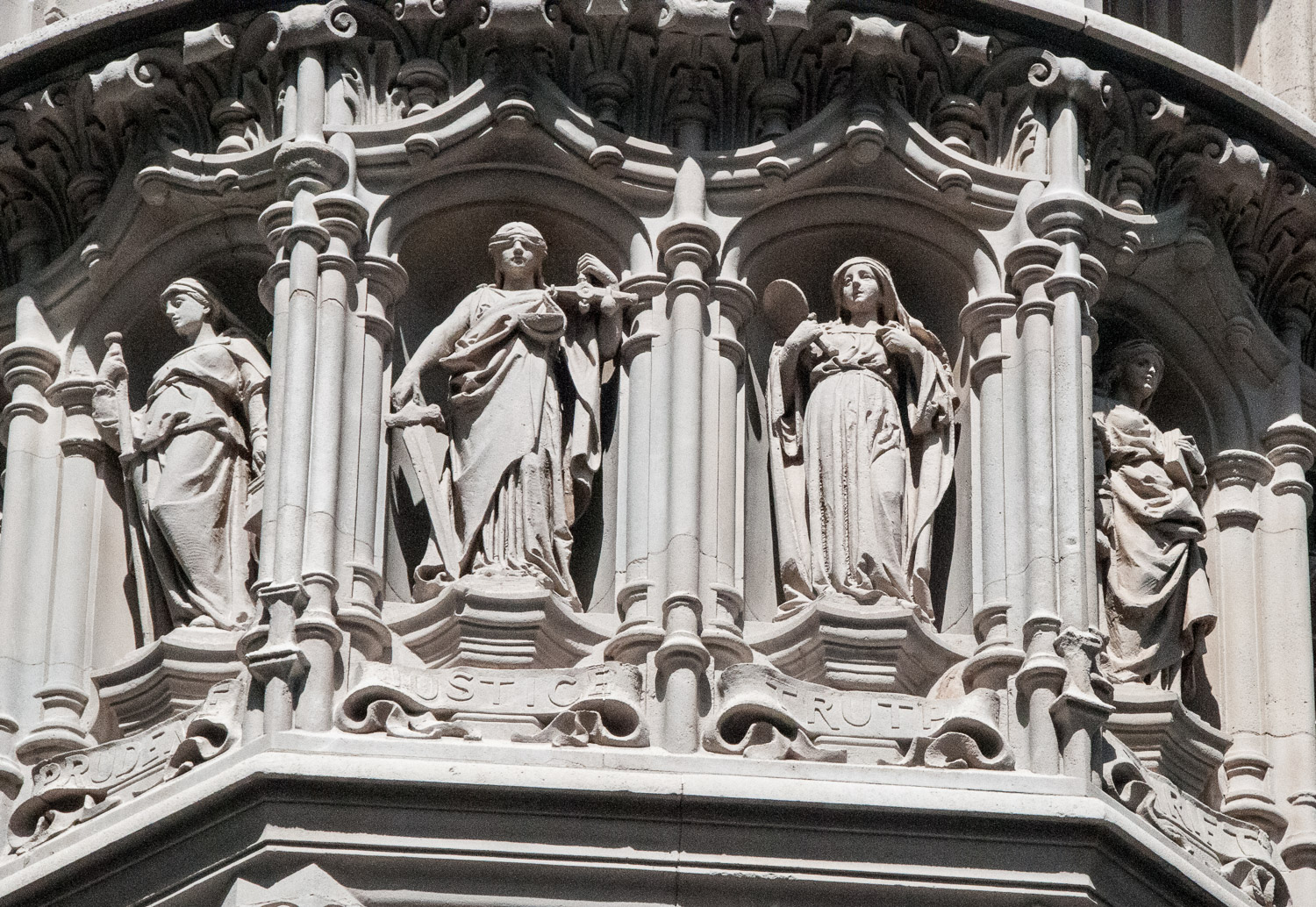
Here’s a link if you would like to know more about the two Lady Justices along with other representations of her in the City: Lady Justice.
I paused outside the impressive building that used to be called Electra House – you can read more about it here …
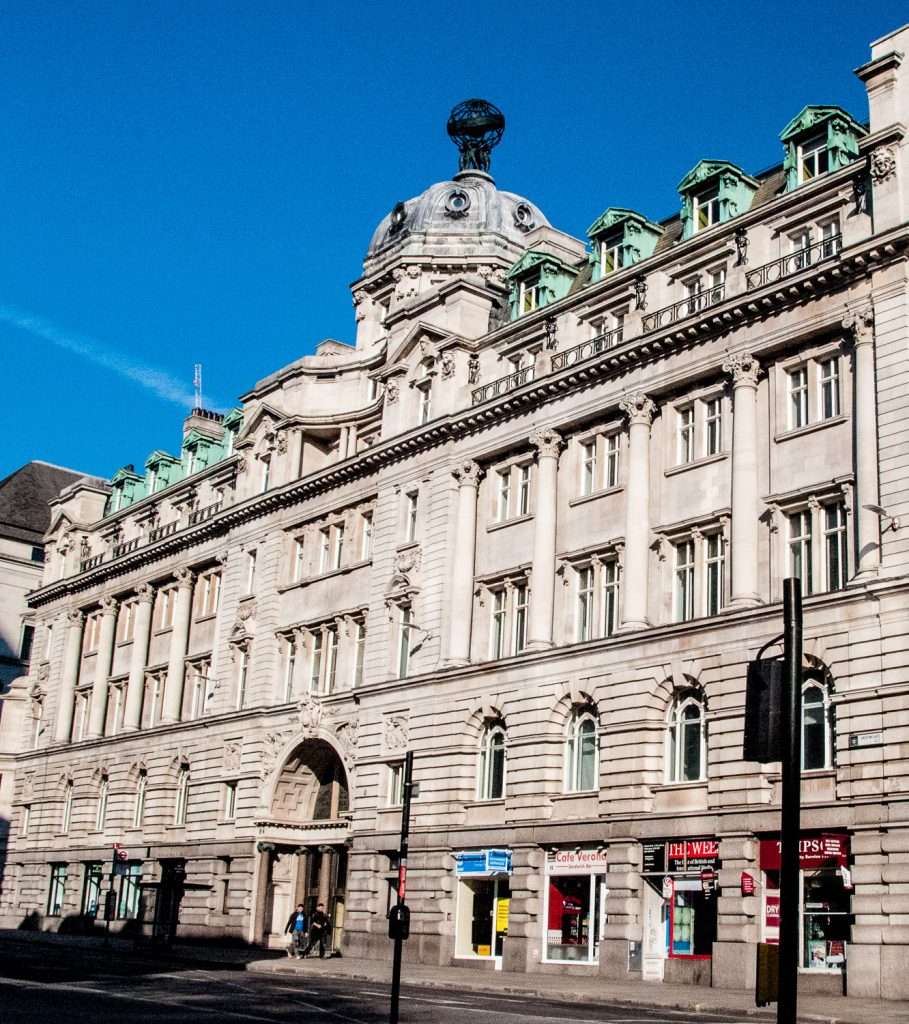
Looking across the road, number 87 is a rather elegant listed building squeezed between The Globe pub and the Crossrail development …

It’s an early 19th century red brick terraced house with sash windows. The ground floor shop was added in the late 20th century.
Finally, I’ve always been intrigued by this carving near the entrance to Moorgate Station and presume it was part of the old station which was seriously damaged in the War. It seems to show a bridge over water with little boats sailing underneath it and below them tunnels containing underground trains …
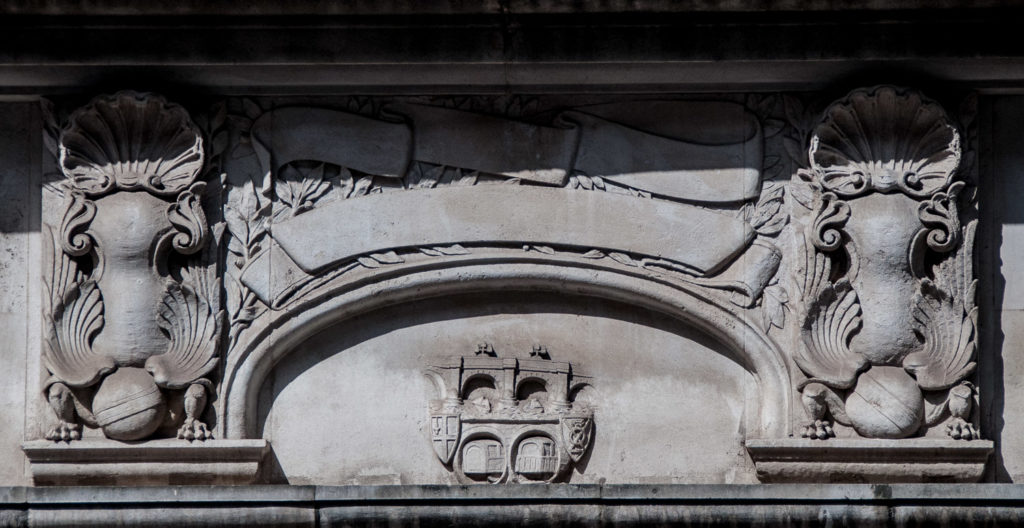
My theory is that it represents the Tube train tunnel under the Thames at Wapping. Here’s an image from 1958 …

If you would like to follow me on Instagram here is the link …



